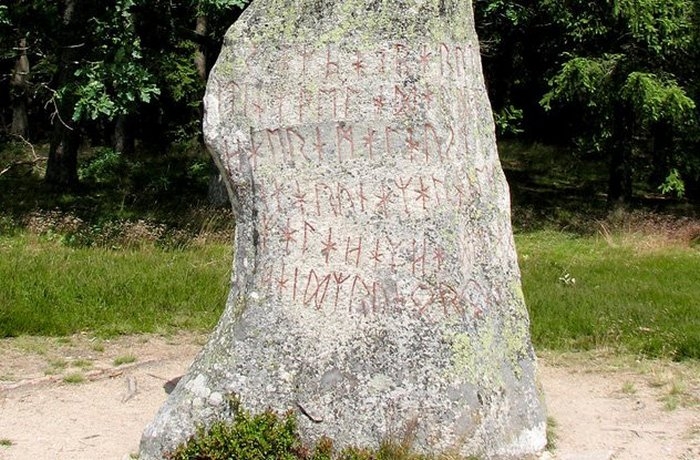
Runes
We present to your attention a series of articles about runes. In several articles we will present our vision of this most important phenomenon in the world of fortune telling, occultism and philosophy.
The first writing systems developed and used by the Norwegian and other Germanic peoples were runic alphabets. They wrote in runes, but they were much more than just letters in the sense in which we understand this term today. Each rune was an ideographic or pictographic symbol of some cosmological principle or force, and to write a rune meant to call and direct a certain force behind it. Indeed, in every Germanic language the word “rune” (from the Proto-Germanic * fleece) means both “letter” and “secret” or “secret”. Its original meaning, which probably preceded the adoption of the runic alphabet, was probably just a “(silent) message”.
Each rune has a name that alludes to the philosophical and magical significance of its visual form and the sound for which it “answers”, which was almost always the first sound of the name of the rune. For example, the T-rune, named “Teivaz” in Proto-Germanic, is named after the god Tiwaz (known as Tyr in the Viking Age). It was believed that Teyvaz dwells in the daytime sky and, accordingly, the visual form of the T-runes is an upward arrow (which undoubtedly also indicates the outstanding role of God in the war). The t-rune was often cut out as a separate ideogram in addition to writing a specific word, as part of the spells used to ensure victory in the battle.
The runic alphabets are called “futarks” after the first six runes (Fehu, Uruz, Turisaz, Ansuz, Raido, Kaunan), much like the word “alphabet” comes from the names of the first two Semitic letters Aleph and Beth. There are three main futarks: the 24-symbolic oldest (or Elder) Futhark, the first fully formed runic alphabet, the development of which began in the first century AD and was completed before the year 400; The 16-character younger Futhark, who began to diverge from the Senior Futhark at the beginning of the Viking era (c. 750 CE) and eventually replaced this old alphabet in Scandinavia; The 33-character Anglo-Saxon Futhark, which gradually changed and replenished with the Senior Futhark in England. In some inscriptions, twenty-four runes of the Elder Futhark were divided into three Ottirs (Old Norse - “families”) of eight runes each, but the significance of this division, unfortunately, is not known exactly.
Runes have traditionally been carved on stone, wood, bone, metal, or some similar hard surface, rather than ink and a pen on parchment. This explains their sharp angular shape, which is well suited to their environment.
Many of our current knowledge of the meanings attributed to the runes by the ancient Germanic peoples is taken from three “Runic poems”, documents from Iceland, Norway and England, which contain a brief stanza about each rune in their respective futarkas is considered in Icelandic and Norwegian runic poems in while the Anglo-Saxon futork is discussed in the Old English runic poem).

